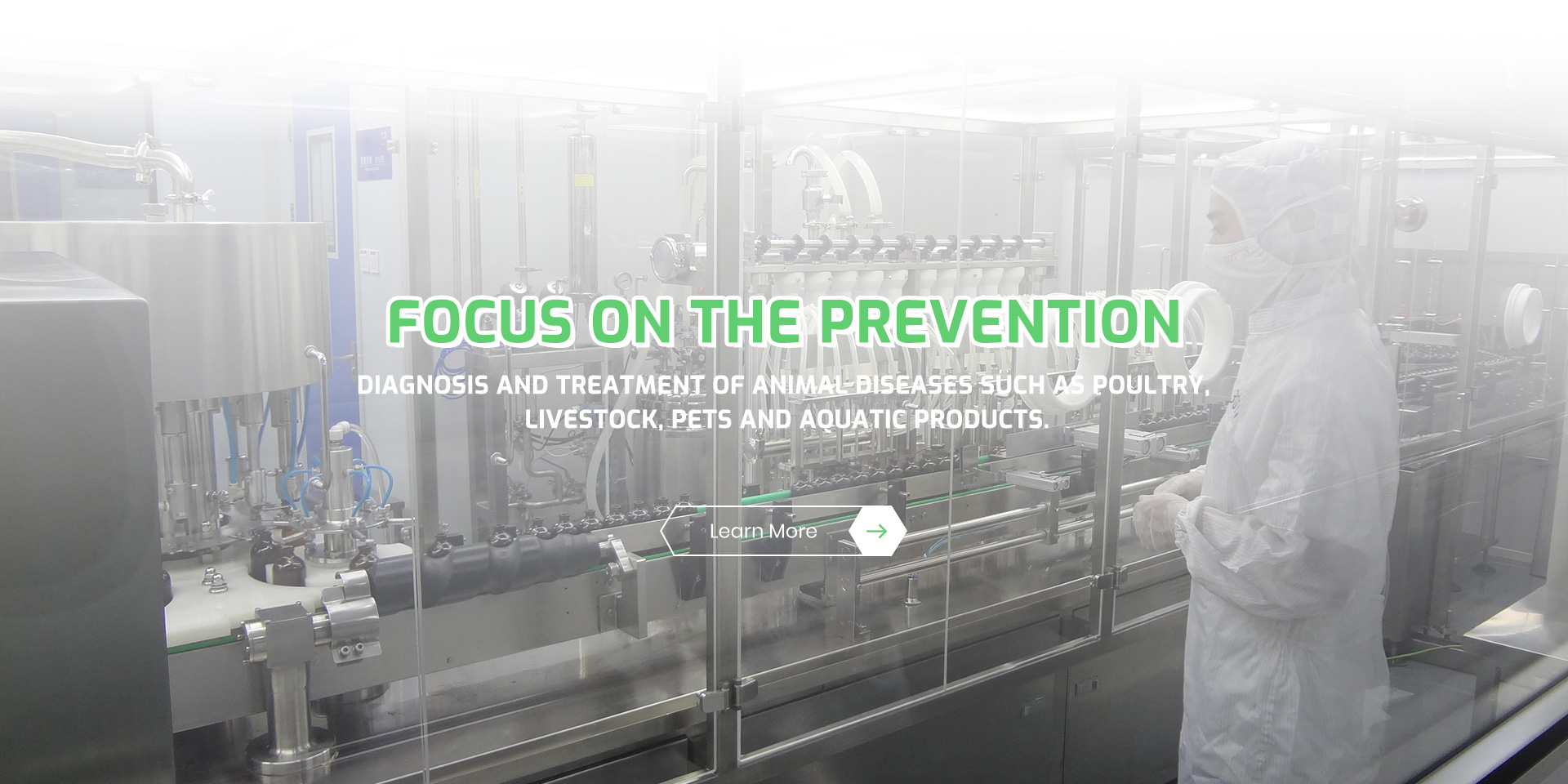- Afrikaans
- Albanian
- Amharic
- Arabic
- Armenian
- Azerbaijani
- Basque
- Belarusian
- Bengali
- Bosnian
- Bulgarian
- Catalan
- Cebuano
- Corsican
- Croatian
- Czech
- Danish
- Dutch
- English
- Esperanto
- Estonian
- Finnish
- French
- Frisian
- Galician
- Georgian
- German
- Greek
- Gujarati
- Haitian Creole
- hausa
- hawaiian
- Hebrew
- Hindi
- Miao
- Hungarian
- Icelandic
- igbo
- Indonesian
- irish
- Italian
- Japanese
- Javanese
- Kannada
- kazakh
- Khmer
- Rwandese
- Korean
- Kurdish
- Kyrgyz
- Lao
- Latin
- Latvian
- Lithuanian
- Luxembourgish
- Macedonian
- Malgashi
- Malay
- Malayalam
- Maltese
- Maori
- Marathi
- Mongolian
- Myanmar
- Nepali
- Norwegian
- Norwegian
- Occitan
- Pashto
- Persian
- Polish
- Portuguese
- Punjabi
- Romanian
- Russian
- Samoan
- Scottish Gaelic
- Serbian
- Sesotho
- Shona
- Sindhi
- Sinhala
- Slovak
- Slovenian
- Somali
- Spanish
- Sundanese
- Swahili
- Swedish
- Tagalog
- Tajik
- Tamil
- Tatar
- Telugu
- Thai
- Turkish
- Turkmen
- Ukrainian
- Urdu
- Uighur
- Uzbek
- Vietnamese
- Welsh
- Bantu
- Yiddish
- Yoruba
- Zulu
8 月 . 14, 2024 01:15 Back to list
Guidelines for Using Injectable Ivermectin Dosage in Cattle Management and Treatment Practices
Ivermectin Injectable Dosage for Cattle Guidelines and Considerations
Ivermectin is a widely used antiparasitic medication that plays a critical role in veterinary medicine, especially in the cattle industry. This drug is effective against a range of internal and external parasites, including nematodes, arthropods, and certain ectoparasites. Understanding the proper dosage and administration of ivermectin injectable formulations is essential for ensuring the health and productivity of cattle.
Indications for Use
Ivermectin is utilized primarily to prevent and treat parasitic infections in cattle. Some of the common parasites that ivermectin targets include gastrointestinal roundworms, lungworms, grubs, mites, and lice. The effectiveness of ivermectin in managing these parasites contributes to improved weight gain, milk production, and overall herd health, making it a vital component in cattle management.
Injectable Formulations
Ivermectin is available in several formulations, including oral and injectable forms. The injectable option is often preferred due to its rapid absorption and prolonged effectiveness. The injectable formulations typically contain a concentration of 1% ivermectin, allowing for accurate dosing depending on the weight of the animal.
Dosage Guidelines
The standard recommended dosage for ivermectin injectable formulations in cattle is typically between 200 to 500 micrograms per kilogram of body weight. This translates to a dose of 1 milliliter per 50 to 100 kilograms of body weight, depending on the specific product and concentration. It is crucial to use a calibrated syringe to ensure precise dosing and avoid underdosing or overdosing, both of which can lead to treatment failure or toxicity.
ivermectin injectable dosage for cattle

Administration Techniques
For best results, ivermectin should be administered via subcutaneous injection, usually in the neck region where the skin is loose and easily accessible. The injection site should be cleaned with alcohol prior to administration to minimize the risk of infection. While injecting, it is essential to pull back on the plunger briefly to check for blood, ensuring that the needle has not penetrated a blood vessel. If blood is aspirated, the needle should be repositioned.
Precautions and Considerations
While ivermectin is safe for use in cattle, certain precautions should be taken into account. Pregnant and lactating cows can typically be treated with ivermectin, but it is always advisable to consult with a veterinarian before administration in these cases. Additionally, although ivermectin is effective against many parasites, it is not effective against all — for instance, it does not target tapeworms. Hence, a comprehensive parasite control program should be implemented that includes other dewormers as necessary.
Moreover, due to the potential for development of resistance, rotating antiparasitic products and implementing best management practices is essential. Regular fecal examinations can help determine the parasite load in a herd, informing treatment strategies and optimizing health outcomes.
Conclusion
Ivermectin is a key tool in managing cattle health, particularly in controlling parasitic infections. Adherence to proper dosage and administration guidelines, along with caution in specific circumstances, will enhance the effectiveness of this treatment. As always, collaborating with a veterinarian for tailored advice and monitoring is the best course of action for maintaining a healthy and productive cattle herd. Through careful application of ivermectin and diligent management practices, cattle producers can ensure the well-being of their animals and the productivity of their operations.
-
The Power of Radix Isatidis Extract for Your Health and Wellness
NewsOct.29,2024
-
Neomycin Sulfate Soluble Powder: A Versatile Solution for Pet Health
NewsOct.29,2024
-
Lincomycin Hydrochloride Soluble Powder – The Essential Solution
NewsOct.29,2024
-
Garamycin Gentamicin Sulfate for Effective Infection Control
NewsOct.29,2024
-
Doxycycline Hyclate Soluble Powder: Your Antibiotic Needs
NewsOct.29,2024
-
Tilmicosin Premix: The Ultimate Solution for Poultry Health
NewsOct.29,2024













